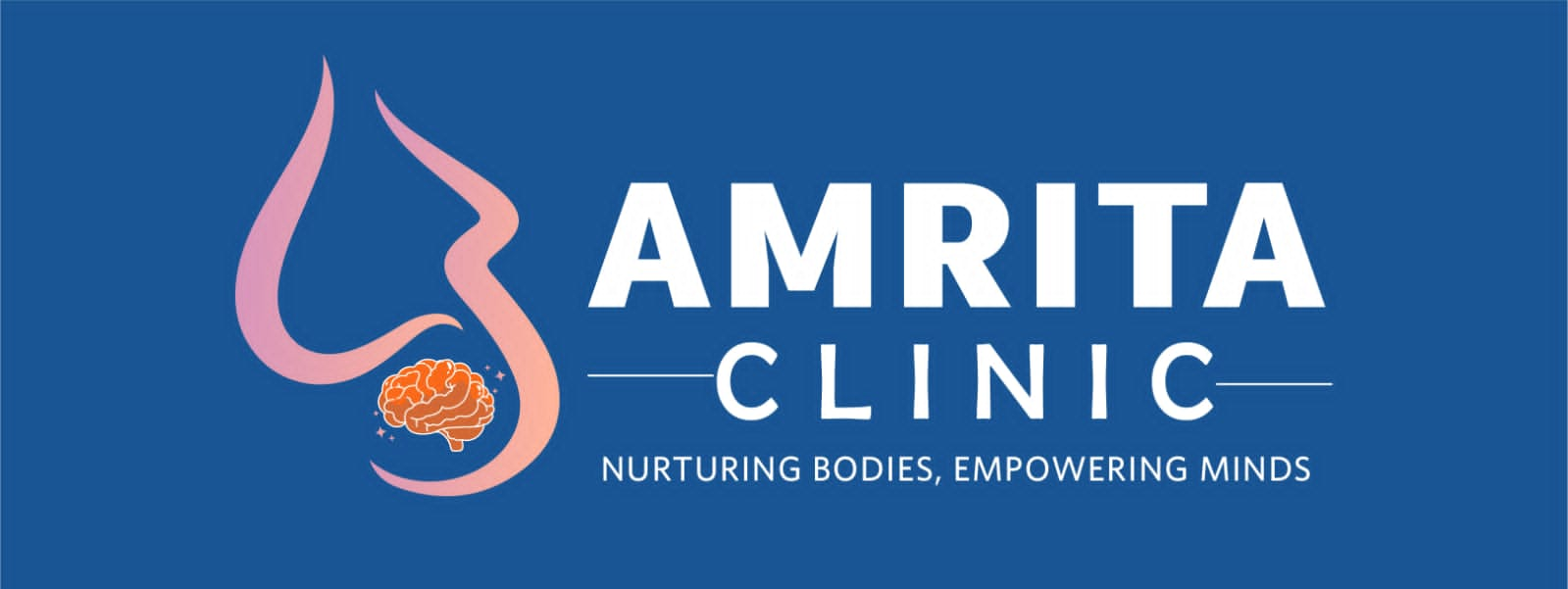To reiterate the words of peter Drucker, ‘management is the dynamic, life giving element in every organization.’ It is essential in all organized efforts. A business is a system created to satisfy the needs and desires of the consumers and the society. It has to generate surplus on a continuous basis. It is aneconomic pulse of a nation striving to improve the economy of the nation and the society’s standard of living.
Management functions
- Planning
- Organizing
- Staffing
- Directing
- Controlling
Managerial levels
- First level/junior management
- Middle management
- Top management
Managerial roles
- Interpersonal roles
- The figurehead role
- The leader role
- The liaison role
- Informational role
- The monitor role
- The disseminator role
- The spokesman role
- Decisional roles
- The entrepreneur role
- The disturbance handler role
- The resource allocator role
- The negotiator role
Administrative/modern operational management
While Taylor is considered as the ‘father of scientific management’, Henri Fayol is known as ‘The father of administrative /operational management’. The theory lays focus on development of administrative principles applicable to managerial levels.
Fayol observed that these activities are performed in every kind of business.
- Technical : production, manufacture, adaptation
- Commercial: buying, selling, exchange.
- Financial: search for and optimum use of capital,
- Accounting: stock taking, balance sheets, costs and statistics.
- Security: protection of property and persons.
- Managerial: planning, organizing, commanding, coordinating and controlling.
Significance of planning
- Planning minimizes risks and uncertainties
- Leads to success
- Focus on organization goals
- Facilitates control
| Strategic planning | Tactical planning |
| Deciding major goals and policies as well as strategies to achieve them | Deciding detailed use of resources and finer aspects of action |
| Done at top/higher level of management | Done at lower level of management |
| Long term view | Short term view |
| broad perspective | Minute & detailed perspective |
| Based on long term forecasts about technology, environment, more uncertain | Based on past performance and experience thereof, lesser uncertainty |
Steps in planning
- Setting goals/objectives
- Establishing planning premises
- Deciding planning period
- Alternative course of action
- Evaluating/selecting a course of action
- Developing derivative plans
- Measuring and controlling progress
Limitations of planning
- Expensive and time consuming process
- Resistance from the implementers
For making planning successful, the following factors are necessary
- Co-ordination
- Communication
- Commitment
- Conductive work climate and
- Participation
SWOT analysis
‘S’ stand for strength, ‘W’ for weaknesses. Both these factors are part of internal environment.
‘O’ stands for opportunities and ‘T’ stands for threats. Swot analysis is a very useful tool in the hands of organizations.
Organizing and organization
Organizing
Organizing is one of the important functions of management. After planning, the activities are set in motion. This requires arranging and allocating work, authority and recourses to the employees. The process is called as organizing. Thus
- Organizing is the process of arranging and allocating work, authority and resources among the members of an organization so as to achieve the goals.
- It is design and maintains a system of roles.
- It is an ongoing managerial process.
Organization
Organization means two or more people who work together in a structured way to achieve a specific goal or a set of goals. It is a formalized intentional structure of roles and positions, having interwoven relationships.
Steps in organizing
- Set the objective
- Define the activities
- Group activities
- Assign activities
- Set time frame
- Follow up
Organizational structure
Span of control- a) Narrow span, tall hierarchy
b) Wide spam- flat hierarchy
Authority and power
| Authority | Power |
| right of superior to command &control | Ability to influence to perform |
| Rests with the chair | Rests in an individual |
| Can be delegated | To be earned |
| Well defined | Not defined |
| formal | informal |
Responsibility
While authority is the right of the superior to give orders, responsibility is the obligation of the sub-ordinate to comply with the orders.
- Responsible for the job
- Responsible accountable to the superior
Barriers to delegation
- Delegator
- I like doing it myself
- I can do better myself
- I don’t want to develop sub-ordinates
- I can’t tolerate mistakes
- No time to explain, to supervise
- Envy of the ability of sub-ordinate
- Delegate
- Lack of experience
- Work overload
- Avoidance of responsibility
- Situation
- Boss would not tolerate mistakes
- Too critical decisions
- Urgency
- Understanding
Decentralization
When the decision making authority is an organization is concentrated in few hands at the top managerial level, the setup is called a centralized setup. Organizational authority is the power conferred on people to use their judgment in decision making.
Recent trends in management
- Quality circles
- Just in time
- Total quality management
Advantages of QC
| MONETARY | NON MONETARY |
| Improvement in quality | Self development |
| Waste reduction | Ability to communicate and to listen |
| Cost reduction | Mutual development |
| Problem solving | Team building |
| Increase in sales | participation |
| Improvement in productivity | involvement |
| Increase in profit | commitment |
| Safety, reduction in accidents | Job satisfaction |
| Reduced absenteeism | Creativity,innovation |
Component of TQM
- Understanding the business
- Understanding the customer
- Quality management schemes.

